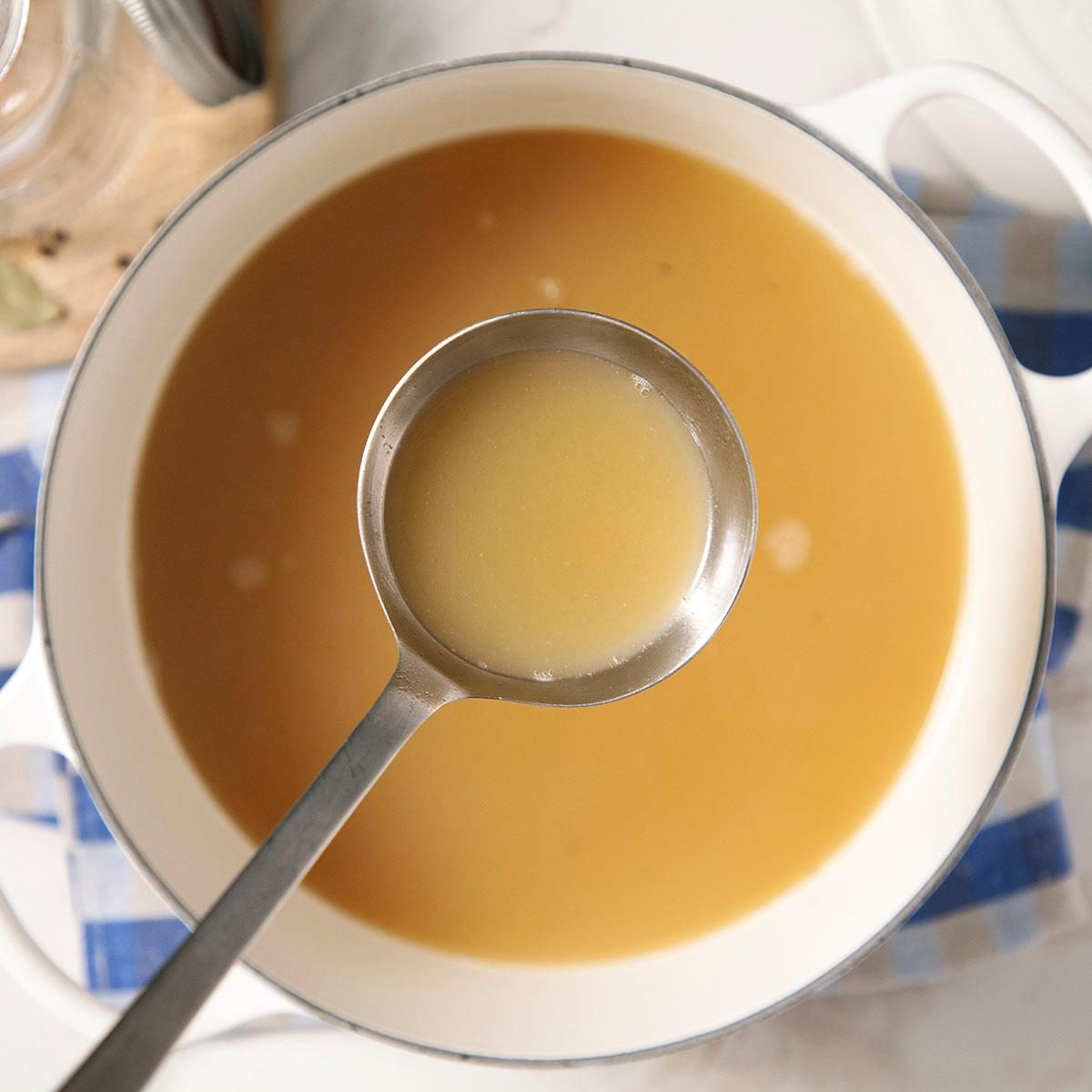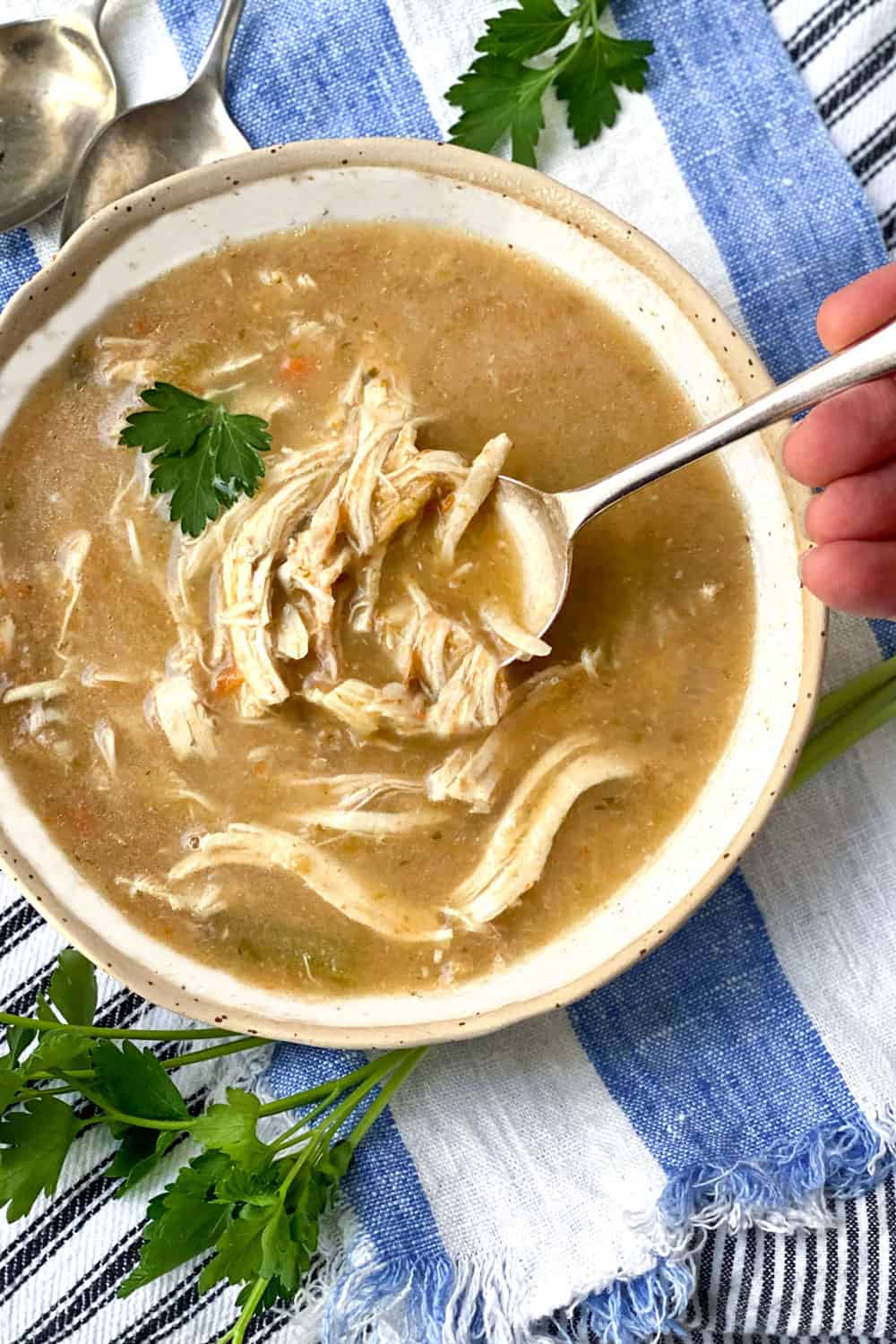Health Experts Answer Top Questions About the Benefits Of Bone Broth
Health Experts Answer Top Questions About the Benefits Of Bone Broth
Blog Article
The Ultimate Guide to Delighting In and making Organic Bone Broths at Home
Bone brew has gotten attention for its countless health advantages and cooking versatility. Crafting organic bone brew in your home enables people to manage the high quality of ingredients, making sure a nutritious result. Recognizing the choice of bones, crucial flavoring parts, and appropriate cooking techniques is crucial. As the procedure unravels, one may question just how to raise their brew past the basics and integrate it right into day-to-day meals for boosted flavor and nutrition.
Recognizing the Health Conveniences of Bone Brew
Bone brew has actually been a staple in numerous foods for centuries, its health advantages have gotten substantial attention in recent years. Rich in collagen, amino acids, and minerals, bone broth is commonly touted for its potential to sustain joint wellness, boost intestine function, and enhance skin elasticity. The jelly stemmed from cooked bones might help digestion and assistance secure the intestine cellular lining, possibly reducing concerns like dripping intestine syndrome.Furthermore, the presence of nutrients such as glucosamine and chondroitin may contribute to minimized swelling and pain alleviation in joints. Additionally, bone brew is hydrating and can act as a nutritious base for stews and soups. Lots of proponents additionally declare that it increases the body immune system, many thanks to its mineral profile. Overall, the rebirth of rate of interest in bone brew is connected to its regarded capability to promote general well-being and assistance numerous bodily functions.
Picking the Right Bones for Maximum Taste and Nutrition
What variables should one consider when choosing bones for brew prep work? The kind of bones made use of substantially influences both taste and nutritional worth. It is crucial to choose bones that consist of a mix of marrow bones, joint bones, and weighty bones. Marrow bones supply healthy fats and rich flavors, while joint bones add collagen, boosting the brew's dietary profile.Additionally, sourcing bones from grass-fed or pasture-raised animals warranties better and more nutrients, as these animals are typically much healthier. The quality of the bones is also vital; selecting bones from neighborhood butchers or farmers' markets can ensure suitable flavor. Bone size matters also; larger bones release more gelatin, causing a richer broth. Finally, considering the kind of pet-- hen, fish, or beef-- can affect the last taste, permitting flexible broth alternatives customized to specific choices.
Crucial Components for a Savory Bone Brew

Quality Bone Choice
The foundation of a delicious bone broth exists in the cautious choice of premium bones. Sourcing organic, pasture-raised or grass-fed bones is important, as these options are much more likely to be without hazardous additives and provide superior nutrients. Ranges such as poultry, beef, or lamb bones each give distinct tastes and wellness benefits. Bone kinds, including marrow bones, knuckle bones, and oxtails, add gelatin and collagen, boosting the broth's structure. Choosing bones with a mix of meat and connective tissue can also include richness and depth. Additionally, choosing bones with noticeable marrow assures a nutrient-dense brew, raising the total high quality. Eventually, investing time in high quality bone option prepares for a tasty and nourishing brew.
Aromatic Taste Boosters
Choosing high-grade bones sets the phase for a nutritious and abundant bone brew, but it is the addition of fragrant flavor enhancers that truly elevates the meal. Components such as onions, garlic, and carrots not just give sweet taste but also add deepness to the broth. Fresh natural herbs like bay, thyme, and parsley leaves include an aromatic note, while seasonings such as black peppercorns and cloves present warmth and intricacy. Additionally, incorporating a splash of apple cider vinegar can assist essence minerals from the bones, enriching the brew. These flavor enhancers produce an unified blend, transforming a basic broth into a mouthwatering foundation for soups, stews, or sauces, making it a functional component in any type of culinary arsenal.
Step-by-Step Overview to Making Bone Broth in the house
Creating bone broth in your home can be a fulfilling culinary venture that enhances both flavor and nutrition in numerous recipes. To start, one should pick top notch bones, ideally from natural or grass-fed sources. Toasting the bones at 400 ° F for about half an hour can escalate the taste. Next, move the baked bones to a large pot or slow-moving stove and cover them with cold water. Adding a dash of vinegar aids remove minerals from the bones.Include aromatic vegetables like onions, carrots, and celery for included depth, along with natural herbs and spices as preferred. Bring the mix to a boil, then decrease to a simmer. It is vital to let the brew simmer for a minimum of 12 hours, though much longer is better for optimum splendor. Stress the brew with a fine-mesh filter and shop it in impermeable containers, all set to boost dishes with its nutritious essence.
Tips for Improving Your Bone Brew Simmer
While simmering bone broth, keeping the appropriate temperature level and timing is important for achieving a flavorful and abundant result. A gentle simmer, ideally in between 190 ° F and 210 ° F, helps essence maximum nutrients and tastes without boiling, which can make the broth cloudy. It is suggested to check the pot closely, changing the warmth as needed to maintain this simmer.Timing is also important; a longer simmer, typically ranging from 12 to two days, permits deeper flavor extraction and collagen release. For poultry bones, a 12 to 24-hour simmer suffices, while beef bones take advantage of longer cooking times.Additionally, skimming any type of foam or contaminations that increase to the surface area during the first few hours can improve the brew's clarity and taste. Guaranteeing the pot is covered during simmering assists to keep moisture and intensify the tastes, making for a more gratifying end product.
Creative Ways to Make Use Of Bone Brew in Your Cooking
Incorporating bone broth into numerous dishes boosts both taste and nutritional worth. Chefs and home chefs alike locate that using bone brew as a base for soups and stews boosts depth and splendor, transforming straightforward dishes right into hearty meals. It can additionally be used in risottos, where the broth replaces water, allowing the grains to absorb its useful content full-flavored essence.Additionally, bone broth works as an outstanding food preparation liquid for grains like quinoa or rice, instilling them with nutrients and flavor. For an included spin, it can be utilized in braising meats, leading to tender, delicious outcomes. Even sauces benefit from a splash of bone broth, enhancing their preference profile.Moreover, bone brew can be included into shakes for an unexpected health and wellness boost, giving healthy protein and nutrients without jeopardizing preference. These imaginative applications display the adaptability of bone brew in daily food preparation, making it an important kitchen area staple.
Saving and Preserving Your Homemade Bone Brew
Appropriate storage and preservation of homemade bone broth is essential for maintaining its flavor and dietary advantages. Cold strategies and refrigeration finest methods play an important duty in expanding the broth's shelf life. Understanding these approaches can assist guarantee that the brew continues to be scrumptious and safe for future use.

Freezing Methods Discussed
Freezing strategies are important for efficiently keeping and protecting self-made bone broth, guaranteeing its rich flavors and nutrients continue to be intact for future use. To ice up bone broth, it is recommended to allow it amazing completely before moving it to storage containers. Glass containers, silicone molds, or heavy-duty fridge freezer bags appropriate choices. When making use of containers, leave space on top for development throughout freezing. Portioning the brew into smaller amounts enables very easy thawing and minimizes waste. Tag containers with the date and materials for very easy recognition. For peak top quality, eat the frozen brew within three to 6 months - Beef Broth. Thawing can be carried out in the fridge or by useful source using a microwave, ensuring that the broth is heated thoroughly before intake
Refrigeration Best Practices
While lots of concentrate on cold as a technique of conservation, refrigeration likewise plays a crucial function in storing homemade bone broth effectively. When cooled, bone broth must be moved to airtight containers, ensuring marginal air direct exposure to stop spoilage. It is advisable to refrigerate broth within 2 hours of food preparation to preserve its quality. Usually, homemade bone brew can be saved in the fridge for as much as 5 days. Classifying containers with days can aid track freshness. For peak taste and security, brew must be reheated to a moving boil before consumption. If longer storage is find out here called for, cold continues to be a superb choice, yet correct refrigeration techniques guarantee that bone brew continues to be delicious and nourishing for temporary use.
Regularly Asked Concerns
Can I Utilize Frozen Bones for Making Bone Broth?
The question of utilizing frozen bones for bone brew emerges regularly (Benefits Of Bone Broth). Specialists agree that icy bones can be utilized successfully, however they must be defrosted prior to cooking to assure perfect taste and nutrient removal
Just How Long Can I Store Homemade Bone Broth?

Is It Safe to Reheat Bone Brew Numerous Times?
Reheating bone broth multiple times can present safety and security concerns - Organic Bone Broths. Each reheating cycle increases the risk of microbial growth. It is recommended to reheat just when and keep any type of leftovers without delay to assure safety and top quality
Can I Include Vegetables to the Brew for Taste?
Including veggies to broth boosts flavor and nutritional worth. Typical choices consist of carrots, onions, and celery. The vegetables instill their significance into the brew, creating a richer and a lot more tasty end product.
What's the Best Method to Defrost Frozen Bone Broth?
To thaw frozen bone brew, one can position it in the refrigerator overnight, use a microwave on reduced heat, or submerge the secured container in warm water, making sure even defrosting without compromising taste or nutrients. It is crucial to choose bones that include a mix of marrow bones, joint bones, and meaty bones. Marrow bones supply healthy and balanced fats and rich tastes, while joint bones add collagen, improving the broth's dietary profile.Additionally, sourcing bones from grass-fed or pasture-raised animals warranties greater high quality and even more nutrients, as these animals are typically much healthier. Bone kinds, including marrow bones, knuckle bones, and oxtails, contribute jelly and collagen, enhancing the broth's appearance. Selecting top notch bones establishes the phase for a nourishing and abundant bone brew, but it is the addition of fragrant flavor enhancers that genuinely raises the recipe. Even sauces profit from a dash of bone brew, enhancing their taste profile.Moreover, bone broth can be incorporated right into healthy smoothies for an unexpected health and wellness boost, providing healthy protein and nutrients without jeopardizing preference.
Report this page